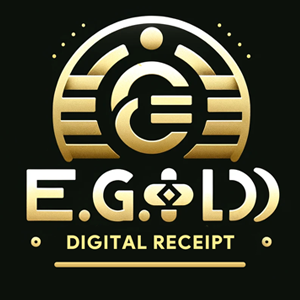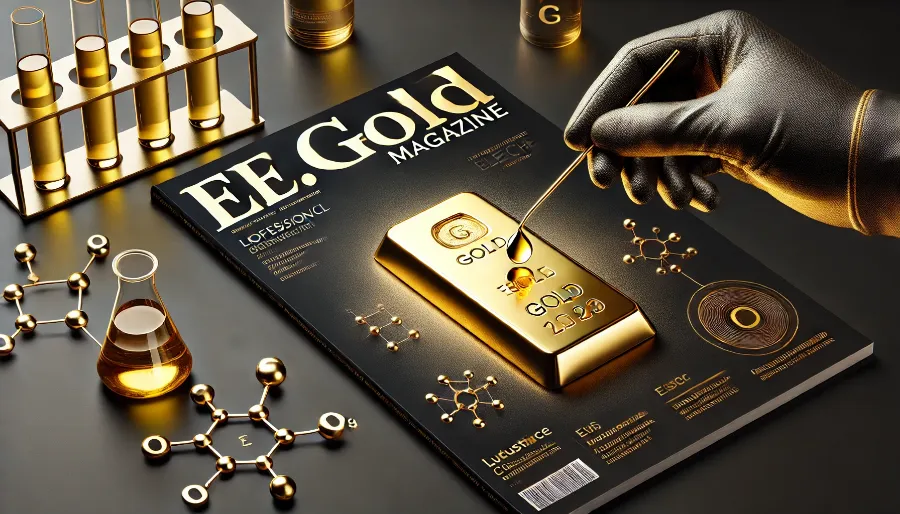
Understanding Gold Authenticity Testing
Gold has always been a symbol of wealth and prestige, but with its value comes the risk of counterfeits. Whether you’ve purchased gold jewelry, coins, or bars, verifying its authenticity is crucial. One simple and accessible method is using bleach. While not as definitive as professional methods, testing gold with bleach can provide quick insights into its authenticity.
This guide will walk you through the process, its effectiveness, and precautions to ensure your gold is tested safely and correctly.
Why Test Gold with Bleach?
Chemical Reaction
Bleach, a strong oxidizing agent, reacts differently with metals. Gold, being a noble metal, resists oxidation, making it distinct from fake or lower-quality metals.
Quick and Convenient
Testing gold with bleach requires minimal tools and is easy to do at home.
Cost-Effective
Unlike professional gold testing kits or spectrometry devices, bleach is a readily available and inexpensive alternative.
Precautions Before Testing
Testing gold with bleach is straightforward, but it requires care to avoid damage or inaccurate results:
- Protect Your Skin: Wear gloves to prevent irritation from bleach.
- Work in a Ventilated Area: Bleach fumes can be harmful when inhaled.
- Use a Small Sample Area: If testing jewelry, choose an inconspicuous spot to avoid visible marks.
- Avoid Overuse: Prolonged exposure to bleach can corrode non-gold components of jewelry.
Step-by-Step Guide to Testing Gold with Bleach
1. Gather Materials
You’ll need:
- A small bowl or container
- Household bleach
- The gold item to be tested
- Gloves and safety glasses
- A paper towel or clean cloth
2. Prepare the Test Area
Set up your workspace in a well-ventilated area, such as near an open window or outdoors. Lay down a cloth to protect the surface and have a clean paper towel ready for drying.
3. Test a Small Spot
Identify a discreet area of the gold item, such as the underside of a ring or the edge of a coin. This ensures that any potential discoloration doesn’t affect the visible appearance.
4. Apply the Bleach
Using a dropper or a small spoon, carefully apply a drop of bleach to the chosen area of the gold item. Observe the reaction.
5. Observe the Reaction
- Real Gold: Pure gold (24-karat) is resistant to oxidation and will not change color when exposed to bleach.
- Fake or Plated Gold: Fake gold or gold-plated items may react with bleach, causing discoloration, tarnishing, or bubbling.
6. Rinse and Dry
Immediately rinse the tested area with water to remove any bleach residue. Dry the item with a clean cloth.
Interpreting Results
Positive Indications of Authentic Gold
- No visible reaction or discoloration
- Retains its shine and original appearance
Signs of Non-Gold Materials
- Darkening, tarnishing, or bubbling
- Peeling or flaking, indicating a gold-plated surface
Limitations of the Bleach Test
While testing gold with bleach is a quick method, it is not definitive. Pure gold may pass the test, but so might high-quality alloys or plated items with a thick gold layer. For conclusive results, consider professional testing.
Alternatives to Testing Gold with Bleach
Professional Gold Testing Kits
Available online or at jewelry stores, these kits include acids calibrated for various karat levels to provide accurate results.
Magnetic Testing
Gold is non-magnetic. If your item is attracted to a magnet, it is likely fake or contains non-gold materials.
Density Testing
Gold has a high density (19.3 g/cm³). Comparing the weight of your item to its size can indicate its authenticity.
X-Ray Fluorescence (XRF) Testing
This professional method uses X-rays to determine the metal composition with precision.
FAQs About Testing Gold with Bleach
1. Is testing gold with bleach safe?
Yes, when done with proper precautions like gloves and ventilation, it is safe.
2. Can bleach damage gold?
Pure gold is resistant to bleach, but alloys or plated items may be affected.
3. What if my gold discolors during the test?
Discoloration often indicates a lower-quality alloy or plated item.
4. How accurate is the bleach test for gold?
The bleach test is a basic method and not as accurate as professional testing.
5. Can I test gold-plated items with bleach?
Yes, but plated items may peel or tarnish, revealing their non-gold base.
6. What’s the best way to confirm gold authenticity?
Professional testing methods, such as XRF or acid testing, are the most reliable.
7. Does the bleach test work on white gold?
White gold may include other metals that can react to bleach, so the results may vary.
8. How do I prevent fake gold purchases?
Buy from reputable dealers and insist on certifications or hallmarks.
9. Can I clean gold jewelry with bleach?
No, bleach can damage gold alloys and is not recommended for cleaning.
10. Are there risks to testing antique gold with bleach?
Yes, antique gold may have a delicate finish that could be damaged by bleach.
The Pros and Cons of Testing Gold with Bleach
Pros
- Quick and easy
- Inexpensive
- Accessible for home use
Cons
- Not highly accurate
- May damage non-pure gold items
- Limited ability to identify karat levels
When to Use Professional Testing
If you need precise results or are dealing with high-value items, seek professional testing. Jewelers and certified laboratories can provide definitive results using advanced methods.
Additional Tips for Testing Gold with Bleach
To maximize the effectiveness of the bleach test and avoid potential pitfalls, keep these extra tips in mind:
Choose the Right Bleach
Use standard household bleach without added fragrances, dyes, or cleaning agents. These additives can interfere with the test results.
Test One Item at a Time
Avoid testing multiple items in the same solution or area. This ensures accurate observation of individual reactions.
Combine Methods for Confidence
For more reliable results, complement the bleach test with other simple tests, such as the magnet or acid test. This combination can provide a broader perspective on the item's authenticity.
Document Your Findings
If you’re testing multiple gold items, document each test with notes or photos. This can be helpful if you later seek professional verification.
Understanding Gold Alloys and Reactions
Pure Gold (24-Karat)
24-karat gold is nearly 100% pure and non-reactive, meaning it will not tarnish or discolor when exposed to bleach. However, its softness makes it less common in jewelry.
Common Alloys
Gold jewelry is often mixed with other metals for durability, resulting in different karat ratings. Here’s how they may react:
- 18-Karat (75% Gold): Typically resistant to bleach but may show slight discoloration due to other metals.
- 14-Karat (58.3% Gold): May tarnish mildly, especially if it contains copper or nickel.
- 10-Karat (41.7% Gold): More prone to reacting with bleach due to its higher percentage of non-gold metals.
Gold Plating
Gold-plated items have a thin layer of gold over a base metal. The bleach test often reveals the underlying material through peeling or discoloration.
DIY Gold Testing Alternatives to Bleach
If you’re hesitant about using bleach, consider these simple, at-home methods:
Vinegar Test
Drop a small amount of white vinegar on the item. Genuine gold remains unaffected, while fakes may discolor.
Ceramic Plate Test
Rub the gold item on an unglazed ceramic plate. Real gold leaves a golden streak, while fake gold leaves a black or gray mark.
Float Test
Place the item in a bowl of water. Gold, being dense, will sink, while fake materials may float or hover.
Visual Inspection
Check for hallmarks or stamps indicating the karat value. Common stamps include “24K,” “18K,” or “14K.” Be cautious, as these marks can be faked.
The Role of Professional Testing in Gold Verification
For high-value gold items or those intended for sale, professional testing offers the most reliable results. Here are a few advanced methods:
Acid Testing
Acid kits use specific solutions to test different karat levels. The acid's reaction with the metal confirms its gold content.
X-Ray Fluorescence (XRF)
XRF devices determine the exact composition of a gold item without damaging it. Jewelers or precious metal dealers often offer this service.
Fire Assay
This traditional method involves melting the gold to separate impurities. It’s highly accurate but not practical for small-scale testing.
Avoiding Fake Gold: Tips for Buyers
Testing your gold is essential, but prevention is even better. Follow these guidelines when purchasing gold:
- Buy from Trusted Sources: Reputable dealers and brands provide certification and guarantees.
- Look for Hallmarks: Genuine gold items usually bear stamps indicating purity and origin.
- Request Authentication: Ask for a certificate of authenticity or proof of testing.
- Verify with Experts: Before making large purchases, seek a jeweler’s or appraiser’s opinion.
- Understand Market Prices: Be wary of deals that seem too good to be true, as they often involve counterfeit items.
Common Myths About Gold Testing
Myth 1: Real Gold Always Reacts to Bleach
False. Pure gold does not react to bleach, but alloys or plated items might.
Myth 2: Bleach Damages All Gold
Not true. While bleach can corrode non-gold components, pure gold remains unaffected.
Myth 3: The Bleach Test Identifies Gold Karat
Incorrect. The bleach test can indicate authenticity but cannot determine the karat level.
Myth 4: Gold-Plated Items Are Fake
Not entirely true. Gold plating involves genuine gold but in minimal quantities, making it less valuable than solid gold.
When to Seek Expert Assistance
If you’re unsure about the results of your bleach test or dealing with a high-value item, professional assistance is recommended. Jewelers, appraisers, and precious metal dealers can provide accurate evaluations and certifications.
Preserving the Value of Your Gold
Proper care and handling can maintain your gold’s appearance and value:
- Clean with Gentle Solutions: Use mild soap and warm water for regular cleaning.
- Store in a Safe Place: Keep gold items in soft pouches or jewelry boxes to prevent scratches.
- Avoid Harsh Chemicals: Chlorine, bleach, and abrasive cleaners can damage alloys.
- Insure High-Value Items: Protect your investment with appropriate insurance coverage.
The Practicality of Testing Gold with Bleach
Testing gold with bleach is a handy method for quick verification, especially for casual collectors or individuals buying small amounts of gold. While not foolproof, it offers a glimpse into the authenticity of your gold and can be a stepping stone toward further testing. When combined with alternative methods and professional evaluations, you can confidently verify your gold's value and authenticity, ensuring peace of mind in your investment.
NOTE
This Content is the copyrighted content of EE.GOLD. All rights are reserved. You are welcome to share or use our content only by including direct links to our website. Any other form of reproduction, distribution, or use without proper attribution is strictly prohibited.
This Content is intended solely for educational purposes. The information provided does not constitute financial or investment advice.
Please note that Digital Storage Receipt, Secure Storage Solutions, and Physical Gold Sales are the only services offered by EE.GOLD.
We strictly adhere to government regulations and are firmly against all illegal financial or investment activities globally.
For further inquiries, feel free to contact us through our official channels.
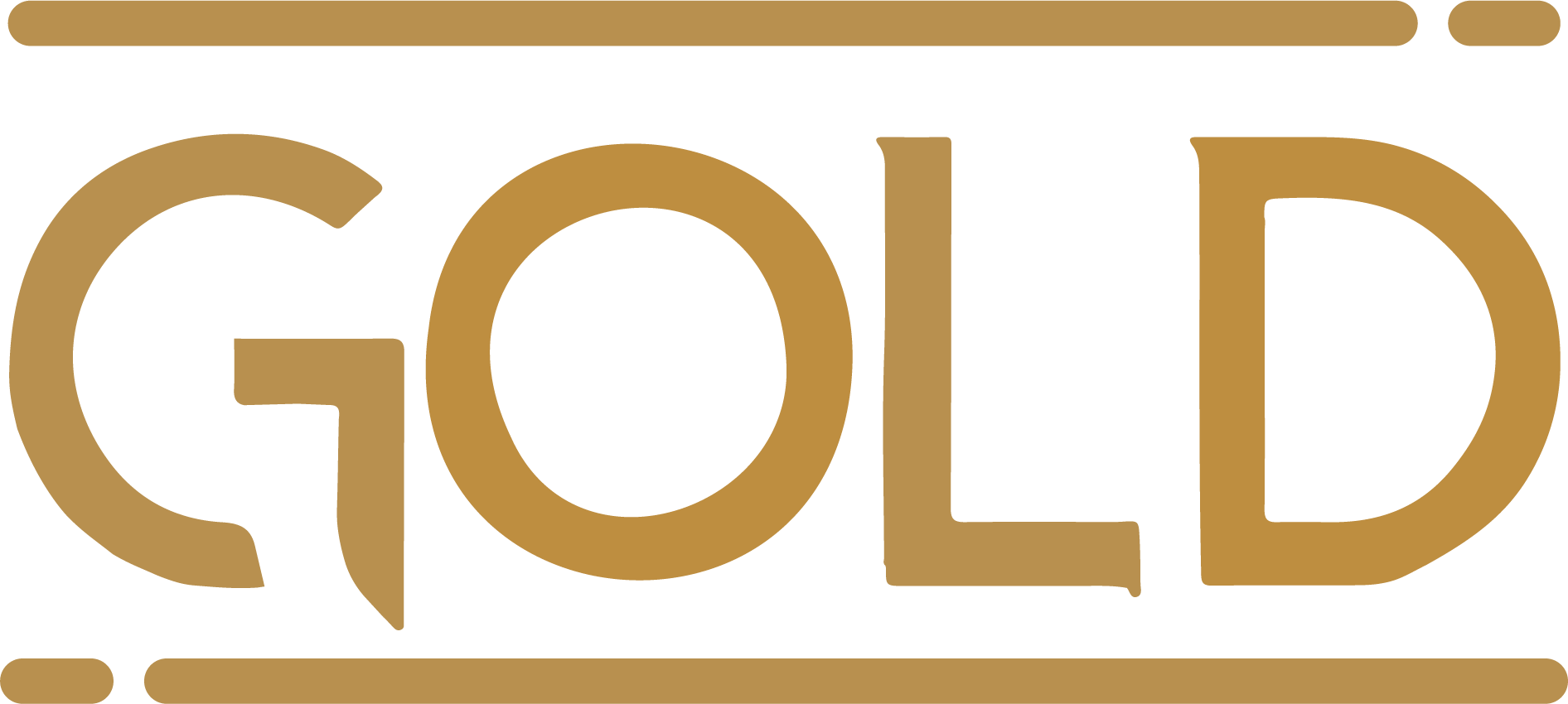
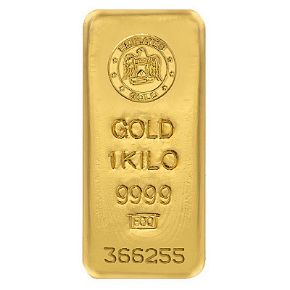
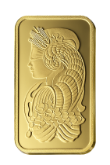

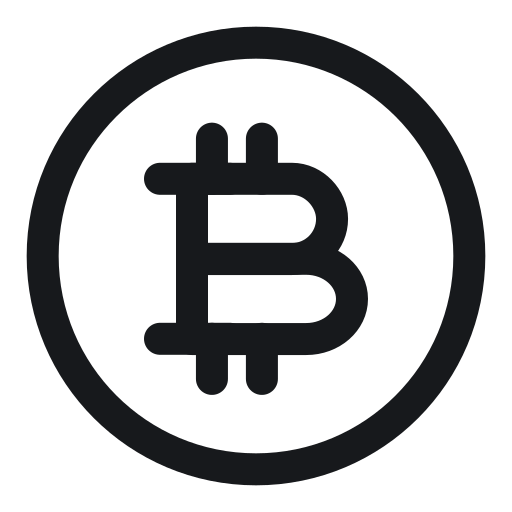

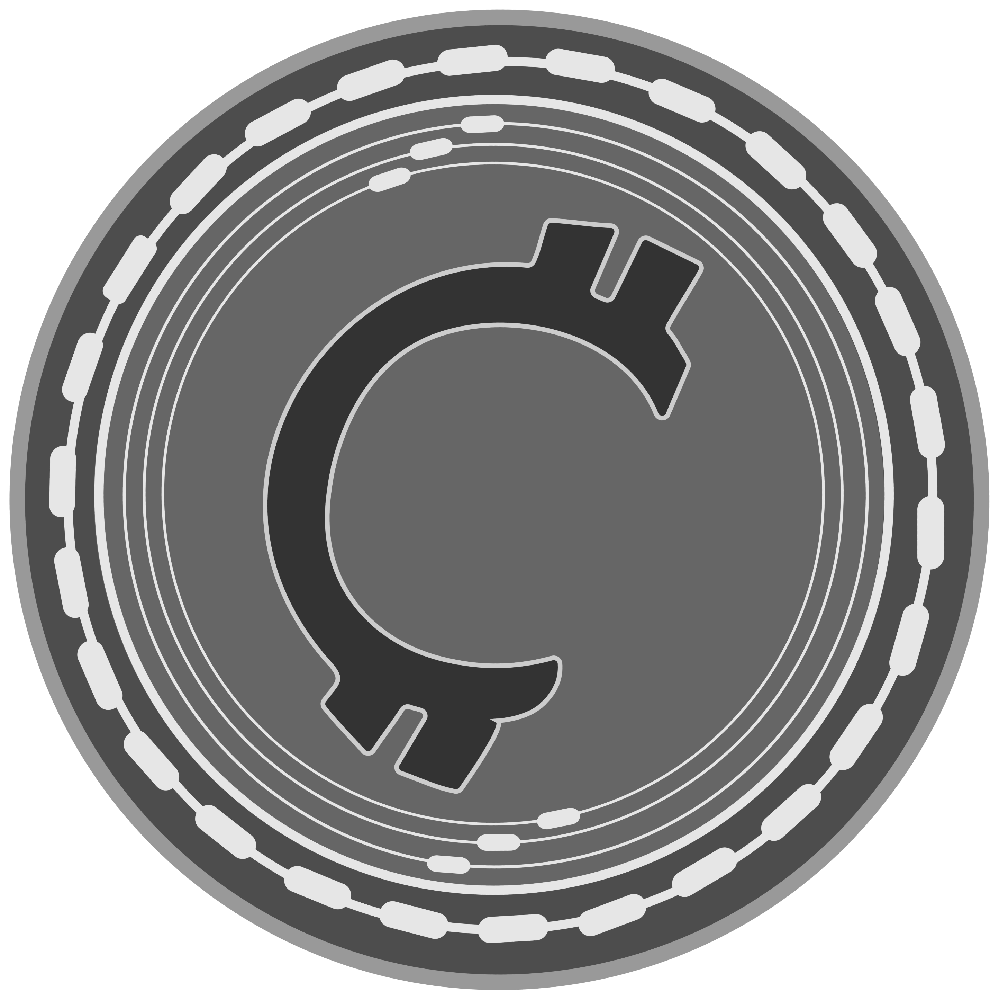

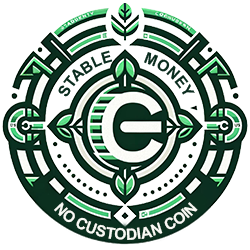

.png)

